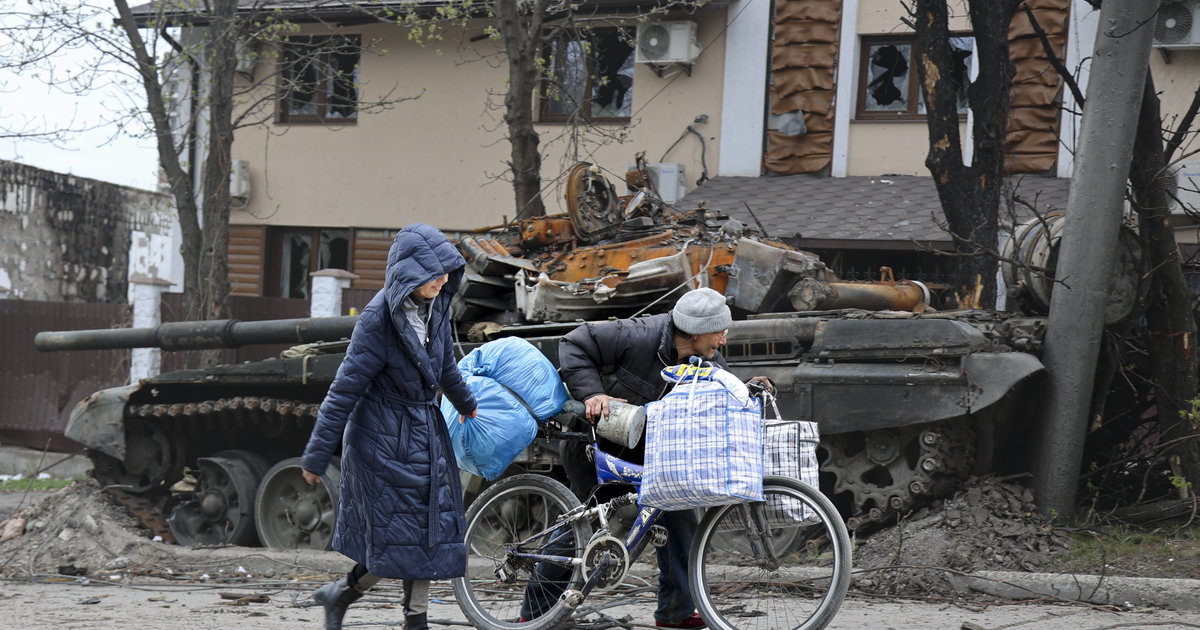This article is part of the Rumor Detector section, click here for other articles.
The origin of the rumor
There is a concept in physics and chemistry called the “tipping point” or “point of no return”. It is the threshold from which a system changes state: the simplest example is that of a liquid which is transformed into gas under the effect of temperature.
Applied to the climate of our planet, this concept implies that from certain thresholds — a higher average temperature, an abnormal level of precipitation or drought — the conditions of an ecosystem or an environment deteriorate irreversibly. The best-known example is the Arctic: beyond a certain quantity of greenhouse gases (GHG) in the atmosphere, the ice cap will inevitably disappear, even if we were then to drastically reduce our greenhouse gas emissions. GES.
Could the Amazon thus pass from the “state” of forest to that of savannah, without having to cut down all the trees?
Worries
The tipping point for the world’s largest rainforest – 5.5 million km2 – could be crossed in as little as five years, some experts say cited recently by New Scientist. The Amazon would be more precisely on the verge of reaching the stage from which it will be transformed irreversibly into a drier ecosystem.
At issue: human-caused climate change, forest fires and logging that undermine the overall health of this immense carbon sink which is also a reservoir of biodiversity. More than three quarters of the Amazon are less resilient than they were in the early 2000s, according to a search published in March by three British researchers. This would be particularly noticeable “in regions of lesser rainfall and in parts of the forest that are closest to human activity.” This means that the rainforest is struggling to recover from the disturbances that hit it.
Admittedly, data collected by satellites has for several years revealed an Amazon that gradually deteriorating. And recent report of Science Panel for the Amazon — researchers from eight countries brought together by the initiative Solutions for sustainable development of the United Nations — concluded that deforestation had amputated 17% of the territory of the forest since the 1970s. In Brazil, which is home to more than half of the Amazon, this figure would be 20%. Deforestation has even reached record levels since President Jair Bolsonaro came to power in 2019.
But the whole question of a “point of no return” is to know what, precisely, this threshold is. In a report published in 2020 by the magazine Nature, researchers placed it somewhere between 20 and 25% deforestation. Not everyone agrees: the tipping point could be higher. But this uncertainty is, for one of the researchers interviewed, the equivalent of playing “environmental Russian roulette”. The Amazon has already warmed by an average of 1.2°C since the beginning of the industrial era, which is a little more pronounced than the average for the rest of the planet.
The most recent climate models now add data on the “dynamics” of vegetation, with the aim of predicting its evolution over time with more precision. This is how one of the indicators of forest decline, pointed out in March British researchers would be the widening of the gap between the highest and lowest temperatures in a region.
A subtle mechanism
What makes the Amazon such a dense and rich environment is the result of a delicate balance of the water cycle. It is a so-called “humid” forest because rainfall is abundant there. A significant portion of this moisture in the air comes from evaporation from soils and transpiration from plants. The more trees we cut down, the more we run the risk of halting this subtle mechanism: past a certain threshold, the vicious circle of drying out is triggered.
And the mechanics already seem to be jammed: part of the forest releases more carbon dioxide into the atmosphere than it absorbs. Between 2010 and 2019, carbon losses from the Brazilian Amazon were almost 20% higher than earningswhich technically makes it a CO2 emitter.
The consequences of this savanization will be multiple: loss of biodiversity, loss of traditional cultural landmarks, upheaval of the local economy.
And above all, an Amazon made up of less vigorous trees will capture much less carbon than the 120 billion tons it stores today. This is what makes the decline of the Amazon rainforest as much of a threat to the climate as the melting of the ice caps.
Stopping logging and restoring devastated land are among the solutions proposed to reverse the trend. Brazil signed, during COP26 in November 2021, un engagement multinational aiming to end deforestation by 2030. Considering past actions, however, the news was welcomed skeptically.
Photo: Bruno Kelly/Amazônia Real, août 2020 / Wikipedia Commons
–

